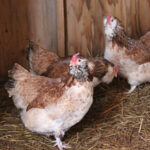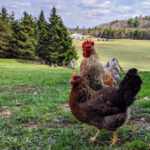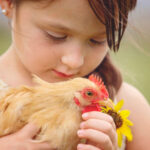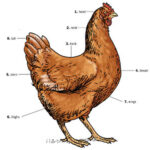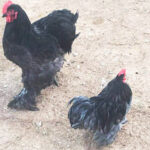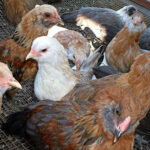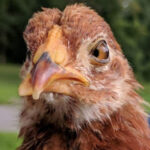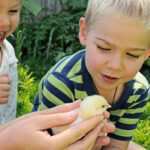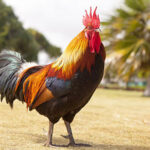
Since you like chickens, you’d love the Hawaiian island of Kauai. Chickens are everywhere. Tourists like to lure them with treats to get close-up photos. Local residents like having the chickens gobble up the island’s numerous native venomous centipedes. But some people complain that feral chickens are a nuisance. Nuisance Chickens The feral chickens of […]
Continue Reading
